En Passant in Chess

En passant in chess dates back to the age of the first chess evolution. This French phrase translates to “in passing” in chess. It enables a pawn to capture an enemy pawn unconventionally.
Chess, in its early form, did not have special moves. Pawns could move freely only one square at a time.
En passant came in as a revolution and as a much-needed reform to restore balance in powers between the pieces.
In this article, we will explain the origin, purpose, and execution of this move, as well as some examples and tips on how to use it effectively in your games.
What Is En Passant in Chess?
So what is the en passant rule in chess? The idea is simple.
In the position below,
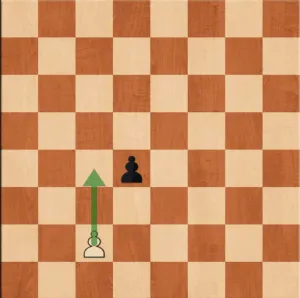
White plays the move c2-c4 in the position. Now Black pawn on d4 can capture the white pawn.
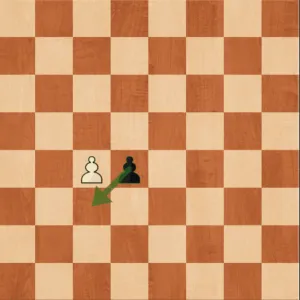
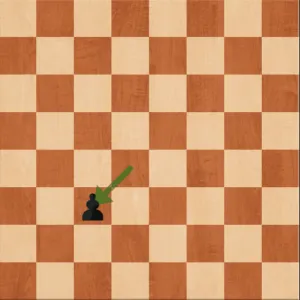
What Does En Passant Mean and How Does It Work?
En passant is a rule in chess that lets a pawn take another pawn. The en passant chess move is a specific rule that allows pawn captures.
Let’s talk about the mechanism of this move;
At first glance, the move looks really out of place. A simple way to understand is to visualize chess en passant in discrete steps. Let’s take the example of the position below.
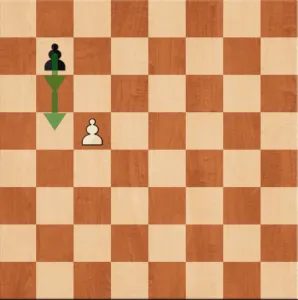
The white pawn is on c5 and the opponent plays the move b7-b5 in go. Now imagine the black pawn moves one step at a time to go to b5.
After b7 the next square is b6, here temporarily the white pawn can capture the black on b6 using traditional rules.
Visualizing en passant in chess in such a manner helps to understand the root of this move.
En Passant Rules
This special move has rules. You can find the en passant rules below:
- On the previous turn, the opponent pawn advanced two squares.
- En passant is played only at the instant the opponent’s pawn reaches adjacent to the pawn.
- The capturing pawn attacks the square that the opposing pawn crossed.
- If you don’t use your right to take en passant right away, you lose it.
- There’s no limit to the number of en passant that can be executed in a single game.
The chess en passant rules are the same whether you play online or over the board.
Is En Passant legal?
Some players may consider it unfair or confusing but it is a legal move according to the official rules.
You can play En passant chess move from the fifth rank (for white) or the fourth rank (for black), and only on the move immediately following the enemy pawn’s advance.
Many beginner players are not aware that en passant is a legal chess move.
When Should You Play En Passant?
Players who are new to the game often forget En passant exists in their turn. They might also play it not as a logical move but as a ‘pleasing’ move just because it is possible.
Advanced players use chess En passant differently. En passant rule is used in a situation where the player has to free himself or for the opening of the position.
It is also common to see them frequently offer the option of En passant in the form of a gambit.
Also, an important observation is that it only applies when a pawn is within an opponent’s close range, and capturing affects not only future promotion possibilities but also threats to pieces/pawns, and open lines.
Should You Capture En Passant?
En-passant in chess is not a forced move. If the situation is favorable for en passant then the player will have to make a choice.
The first thing to keep in my is: Does the change in pawn structure after en passant move favor me?
You visualize the position after the capture and weigh in the factors.
Also remember that in a majority of cases, where the opponent offers an en passant, your pawn will become a passed pawn.
They are an asset in the later stages of the game. Hence it is a good thing to keep it in mind.
What Are the Origins of En Passant?
The pawn passant chess capture may have been introduced between the 13th and 16th centuries. The earliest mentions of this rule date back to the 16th century.
Chess rules have changed over time. Pawns used to only be able to move one square at a time.
The rules were changed so that the first move of the pawn could be either one square or two squares, there was one problem.
In this setup, the pawn on the fifth row would never get a chance to capture the second-row pawn. This led to the idea of En passant chess move.
The objective was to speed up games and decrease the probability of closed games.
You also might like 3 Advanced Chess Rules Explained as well as Rules of Chess: The Complete Guide for New Players.
A Quick Example of En Passant
Let’s take a look at examples where the players execute En passant in chess
e7-e5 is a common pawn break in the fianchetto structures. However, in the position below white has a useful resource to neutralize the space advantage.
We now take a look at a scenario where En passant is not allowed.
Looking for an opening repertoire for white?
https://thechessworld.com/store/product/club-players-repertoire-for-white-with-gm-krisztian-szabo/



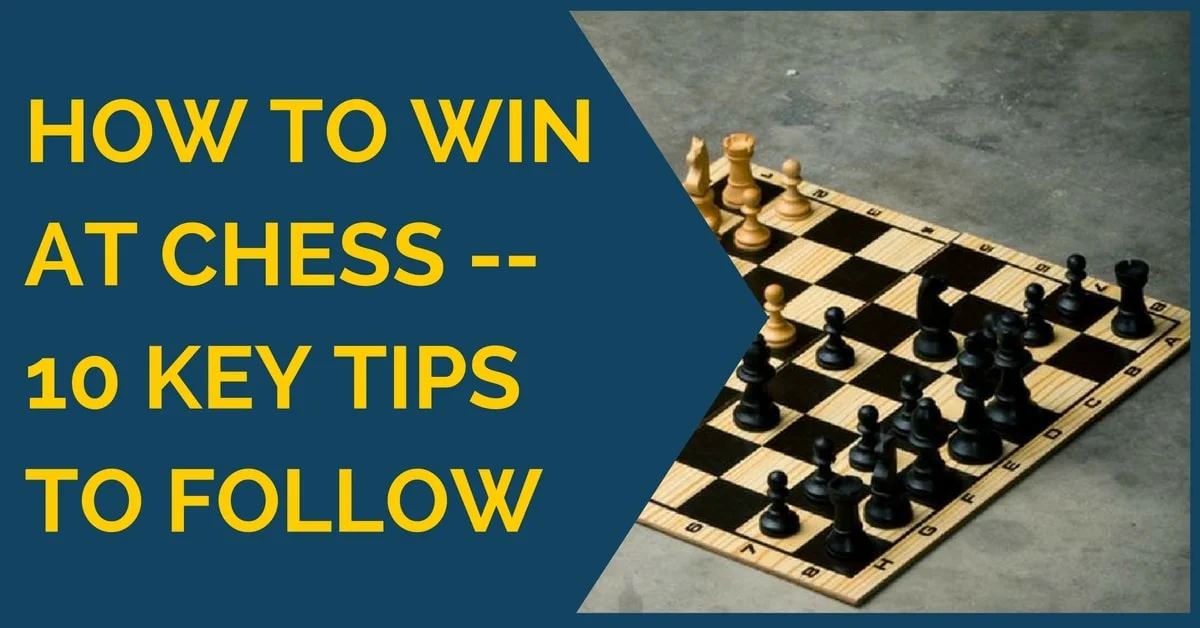
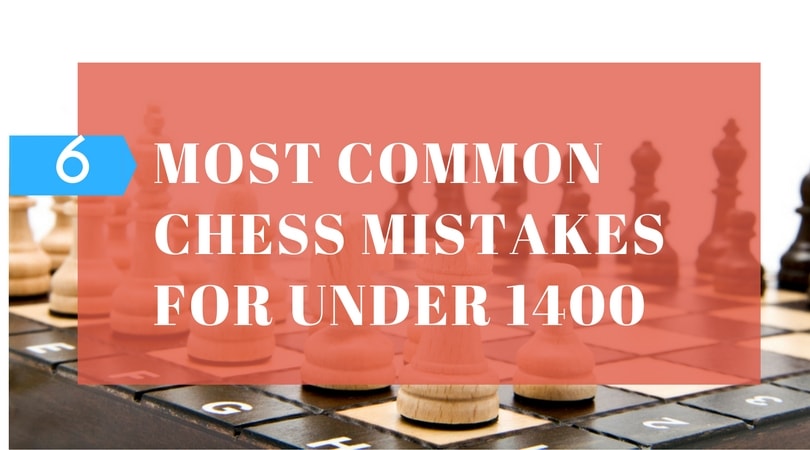
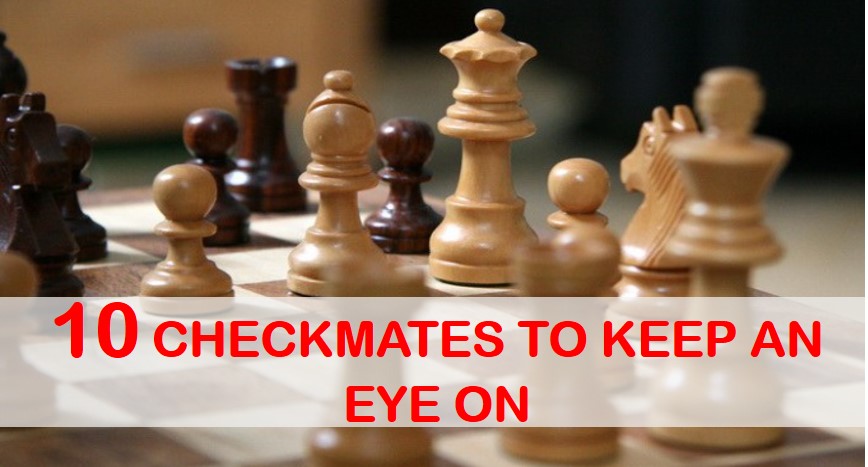




Comments: